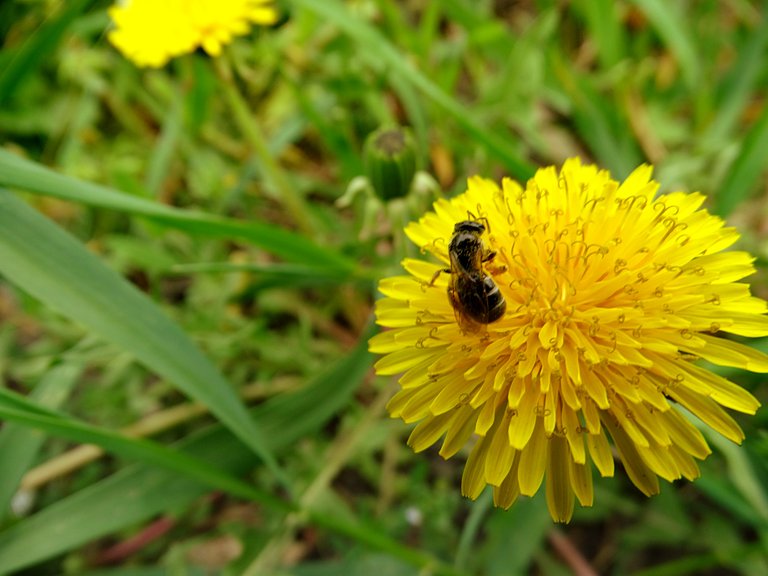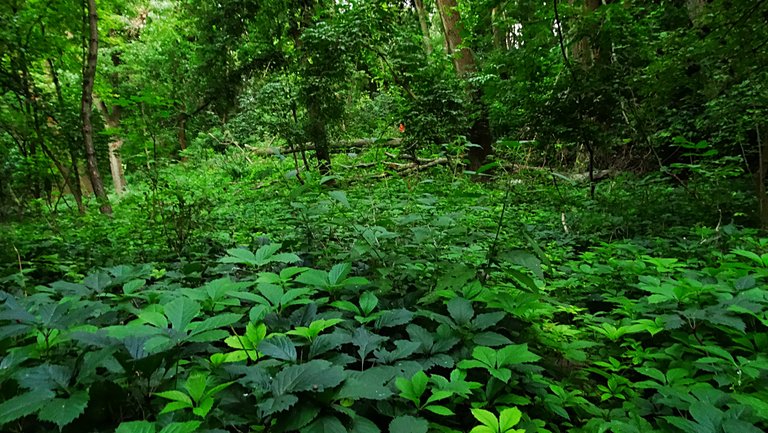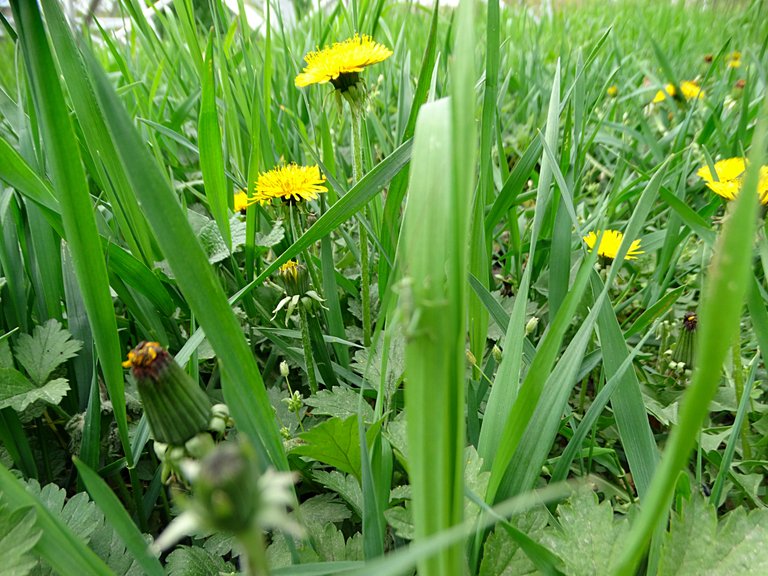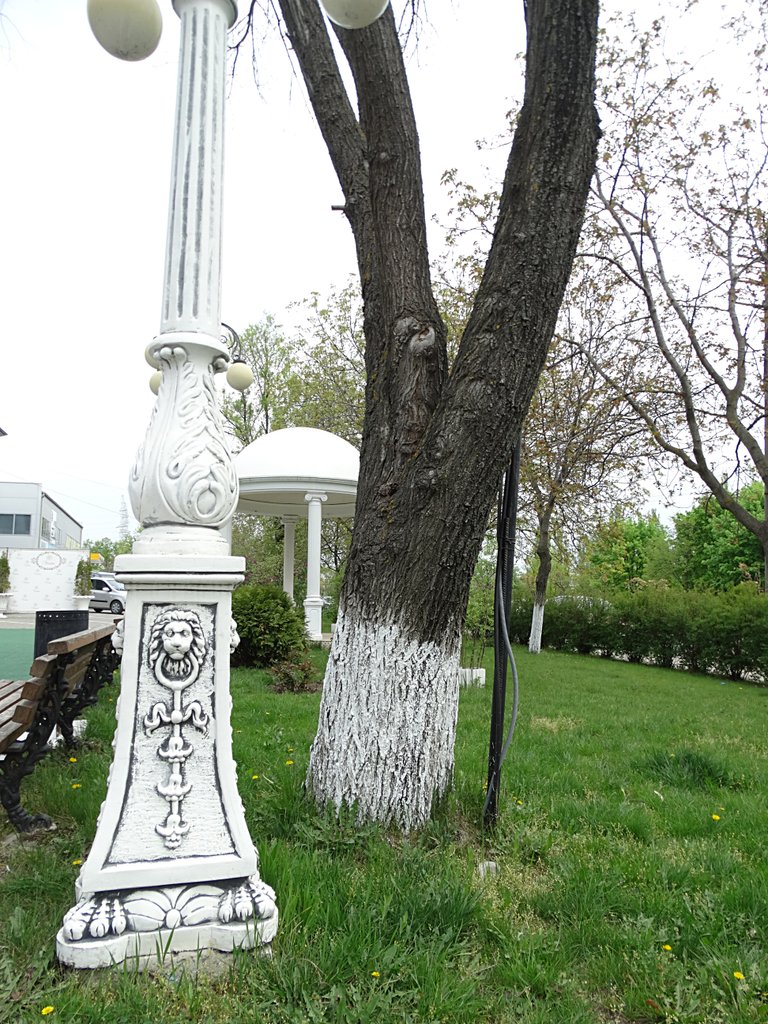The ideal apiary.
Continuing the conversation about beekeeping, I would like to draw attention to the fact that every beekeeper dreams of creating an ideal apiary, one that will happily respond to his efforts put into this business.
But, in fact, you will not be able to find out anywhere what kind of apiary can be considered ideal, because you will never guess all the nuances that you will have to face.
Some beekeepers try to move away from cities, in the hope that bees will be more productive there.
These beekeepers are ready for everything, even a nomadic lifestyle, with the sole purpose of giving the bees a front of work and arranging their life at the highest level.
But, sometimes, in beekeeping, everything turns out differently than it may seem initially, and where there cannot be a honey harvest a priori, it is huge and vice versa.

Remembering my grandfather's stories about his apiary, which consisted of only two hives, I would be tormented by doubts, because my grandfather liked to exaggerate some facts a little as an avid fisherman and hunter, whose eye of the prey would be a hundred times larger than in reality, but his wife, my grandmother, hated any lies, was very truthful and confirmed his words that both hives brought fifty kilograms of honey per season.
Today, reading about the amount of honey from the hives of other apiaries, whose apiaries are located in almost ideal conditions, where there are many flowering plants, what my grandfather told me seems like a fairy tale that began about seventy years ago in a very harsh climate in the middle of volcanic hills where the summer season is short and there are few flowers for honey collection.
But, I have no reason not to believe it, as I already said.
There were no high technologies and a lot of information about beekeeping back then, but people somehow managed to find a common language with bees.

When I visited dense forests, I did not see ideal conditions for bees there, but many beekeepers harvest beekeeping products in such places.

You know, it’s strange, today beekeepers often sow fields with honey plants, master new hive systems and are happy if they collect from thirty to forty kilograms of honey from each hive. Then, seventy years ago, my grandfather could not afford such luxury in terms of cultivating land to help in beekeeping.

It is enough to go out on the streets of cities in the spring and it may seem that here it is, the ideal place for bees to live - all the flowering trees and lawns literally hum because of the bees working there and the question arises... is it necessary to try to create an ideal apiary?
There is something about beekeeping that cannot be done otherwise than by a blessing from God; you are either blessed for this business, or you have been trying your whole life to create the perfect apiary.
Below you can see my containers with data that I collect in INLEO and always have quick access to them it is very convenient.
Material thoughts about beekeeping №1
When I visited dense forests, I did not see ideal conditions for bees there, but many beekeepers harvest beekeeping products in such places.
Link to the container with my portfolio
Link to the container with my Tag memo for getting coins #1

More to come!
Enjoy viewing the photos and reading the article!
Have a blessed day!
| Location: | Ukraine |
| Author: | Author @barski. In my publications you will see only my author's works. |


@barski referral links:
inleo.io https://inleo.io/signup?referral=barski
holozing.com https://holozing.com?ref=barski
Oh, and lest I forget @bradleyarrow, the creator of the BBH coin would be happy to see our votes "for" the witness @thebbhproject, I cast my vote.



